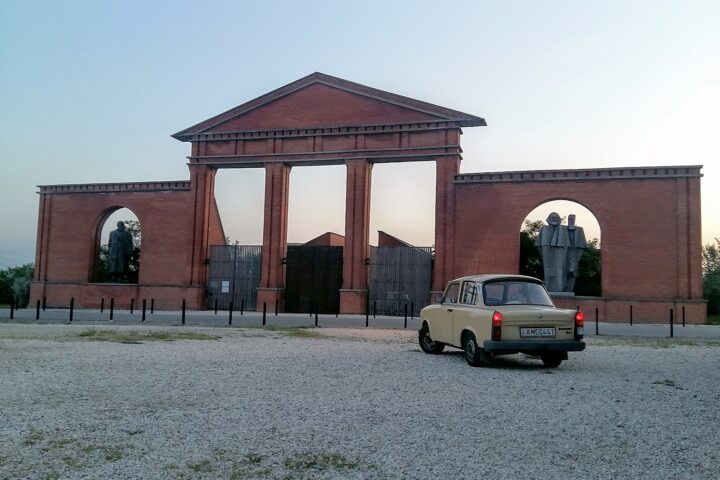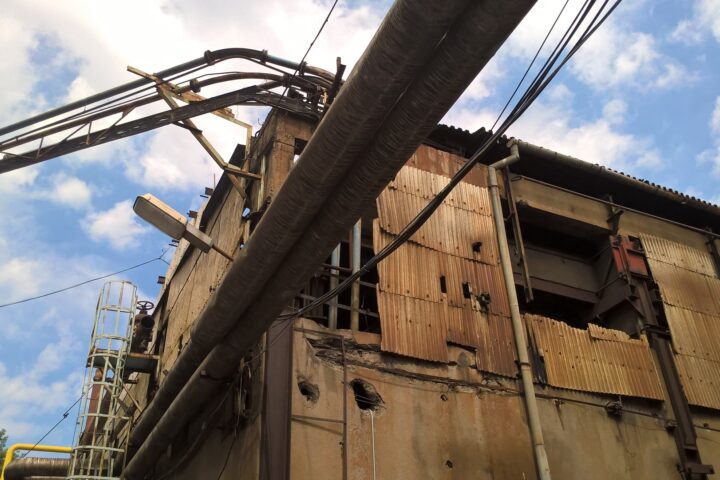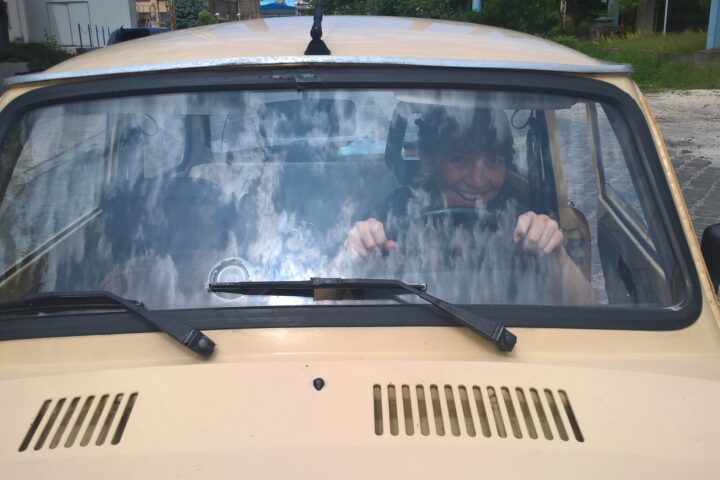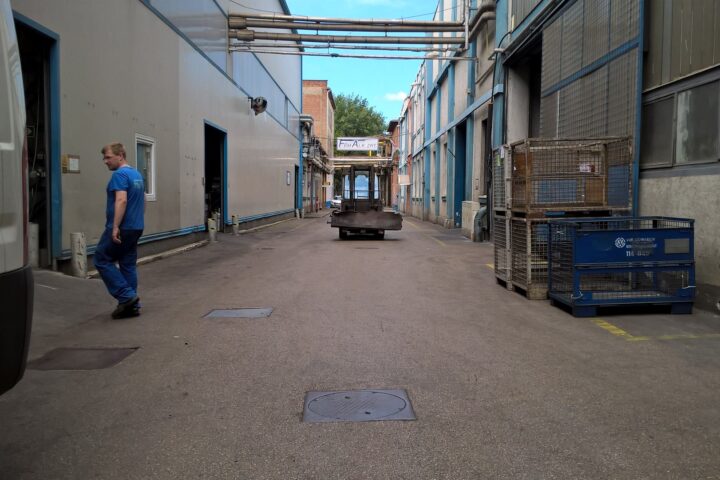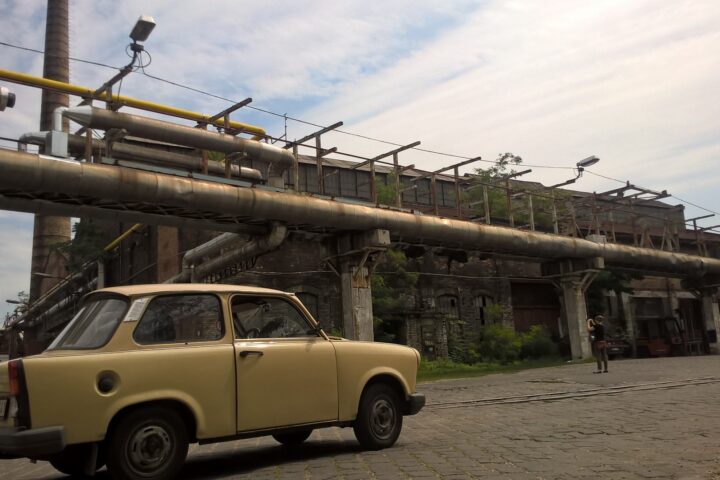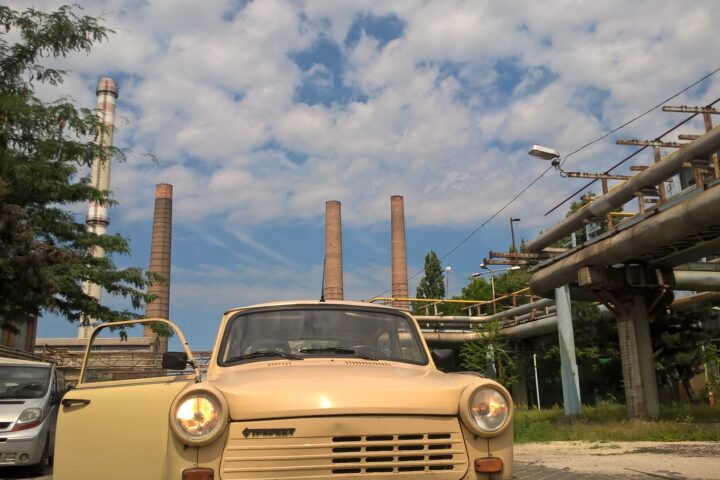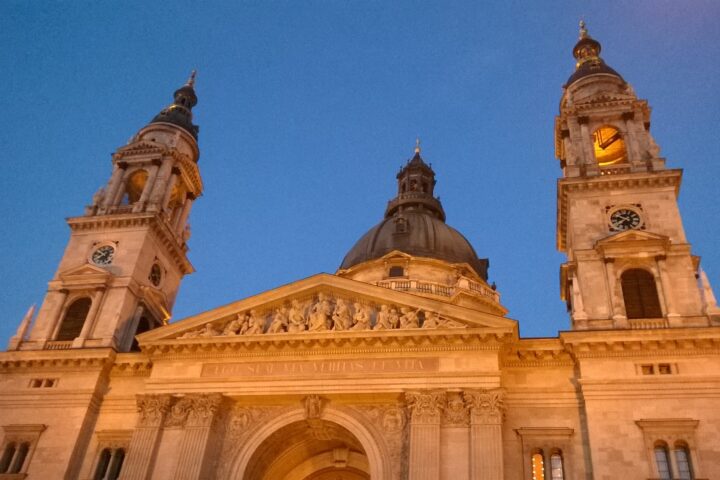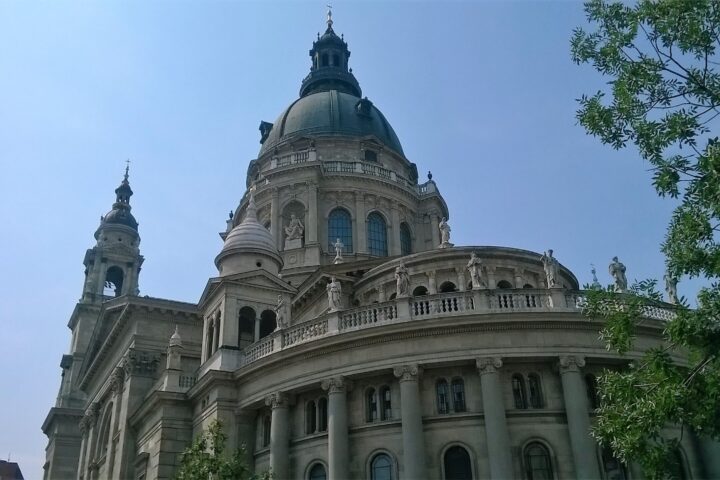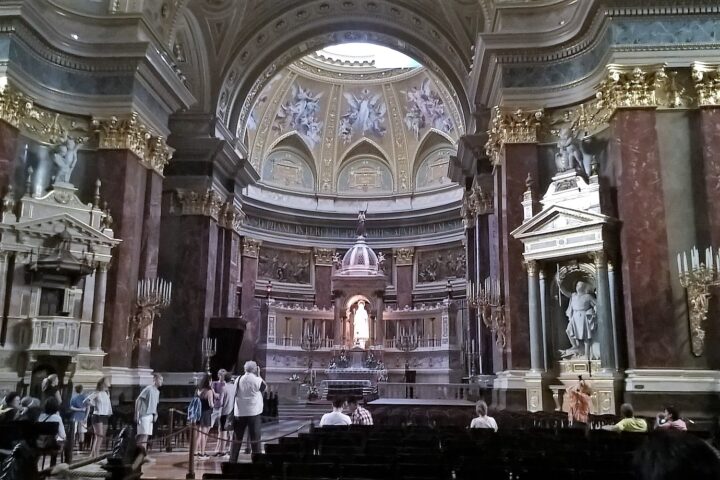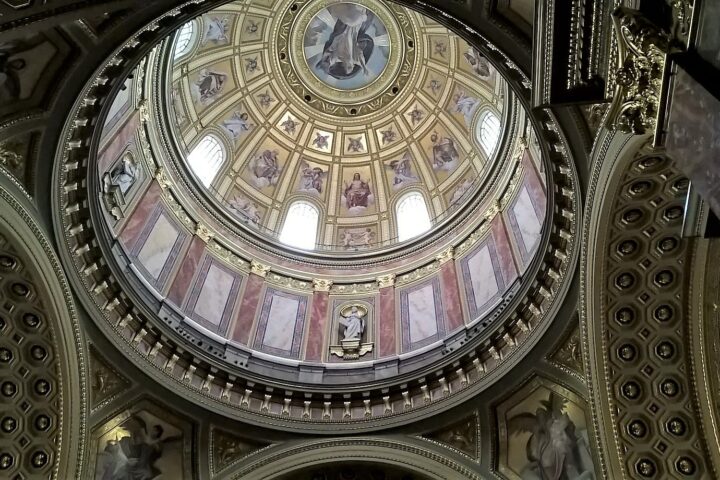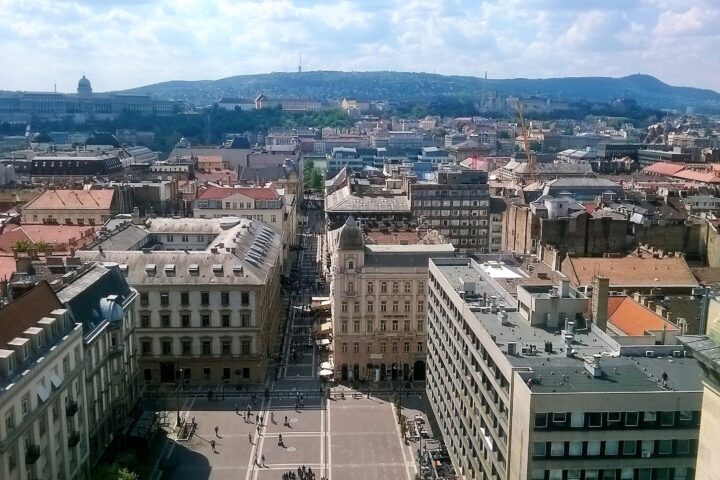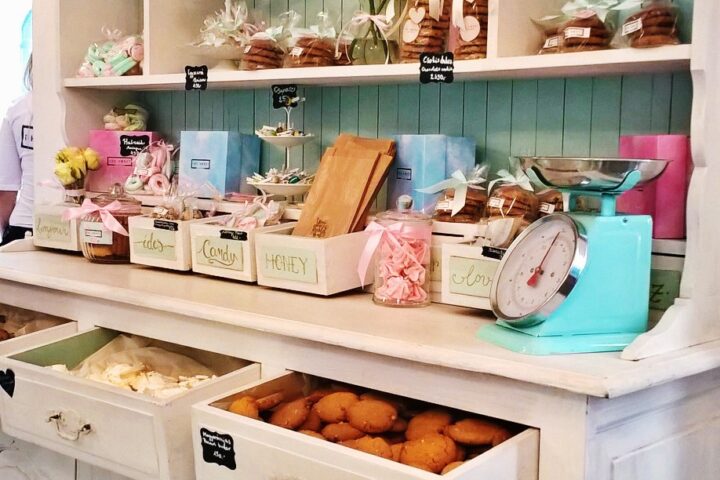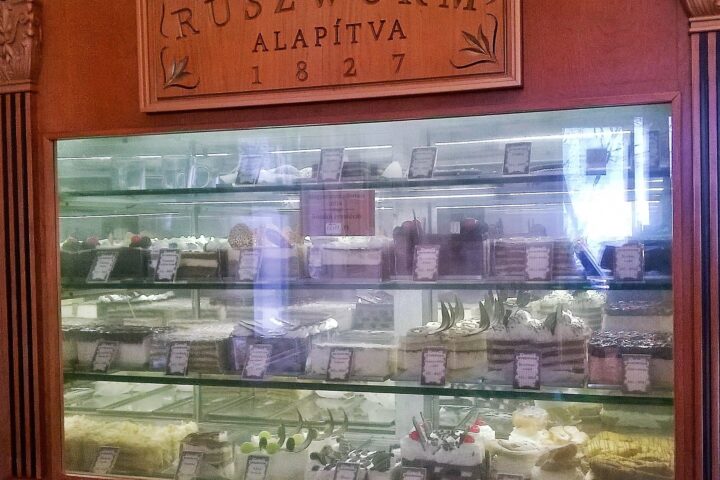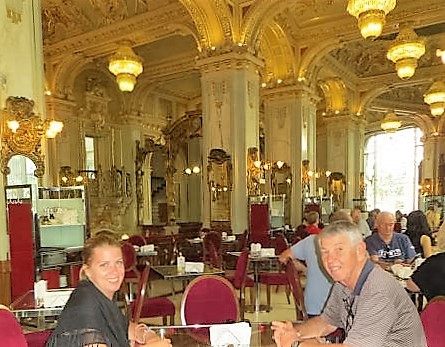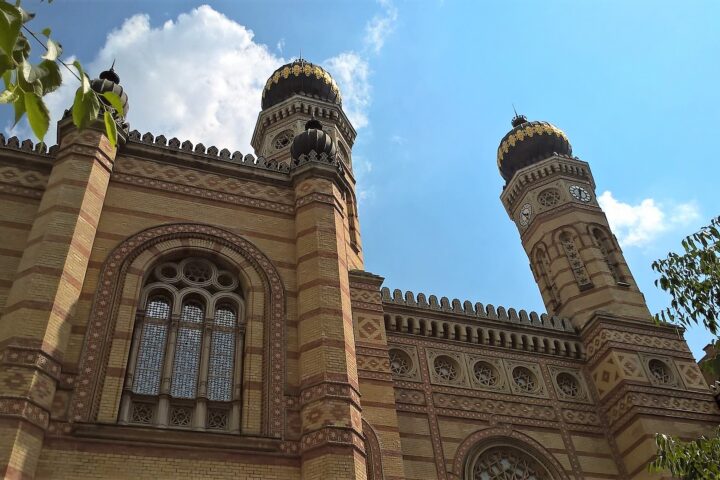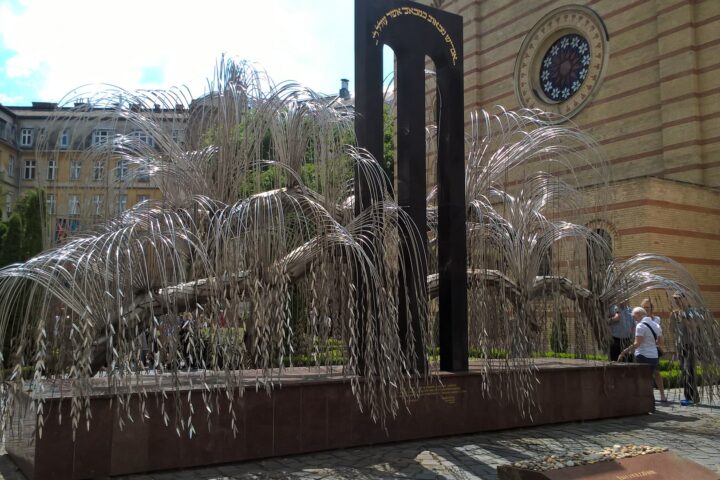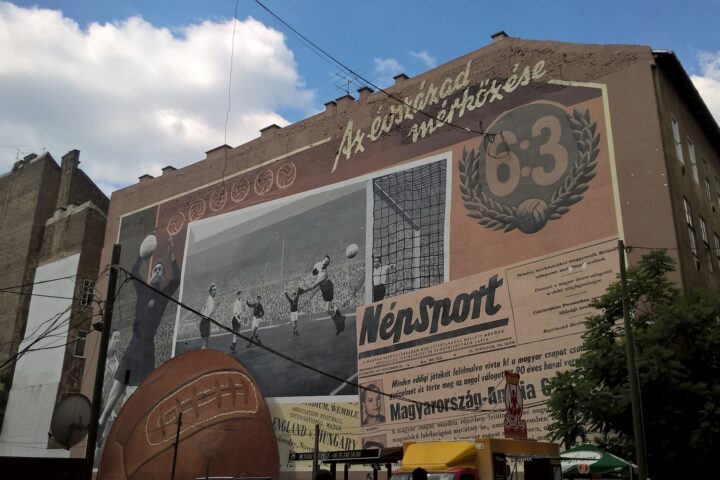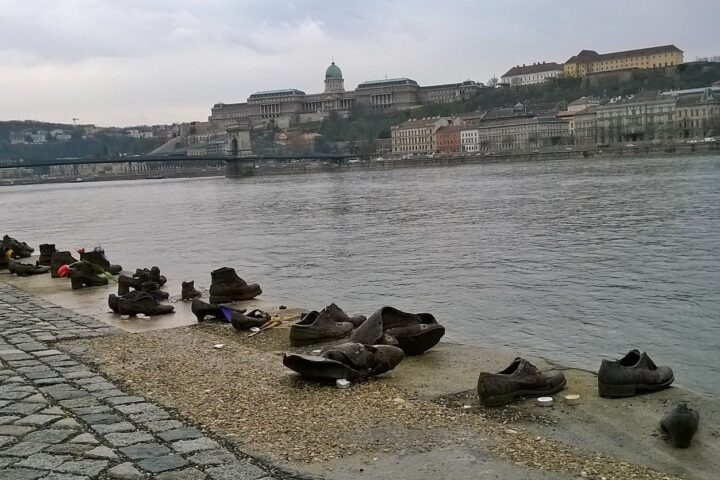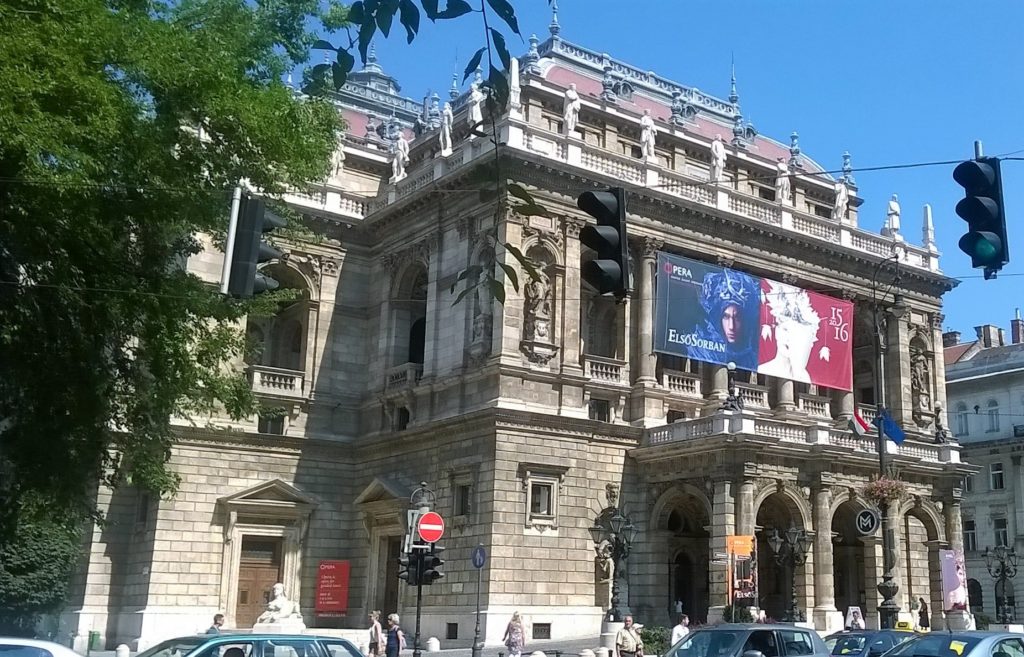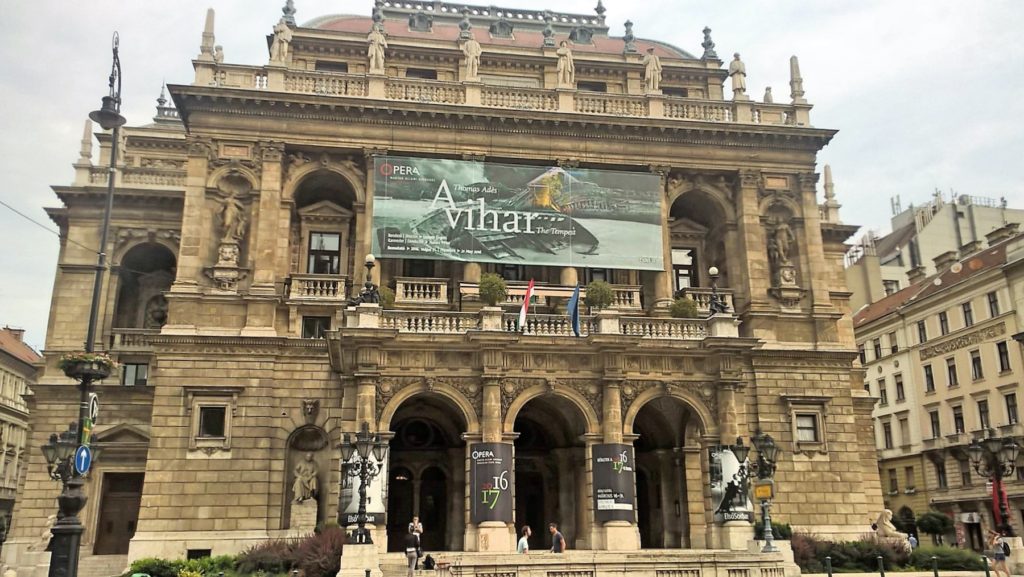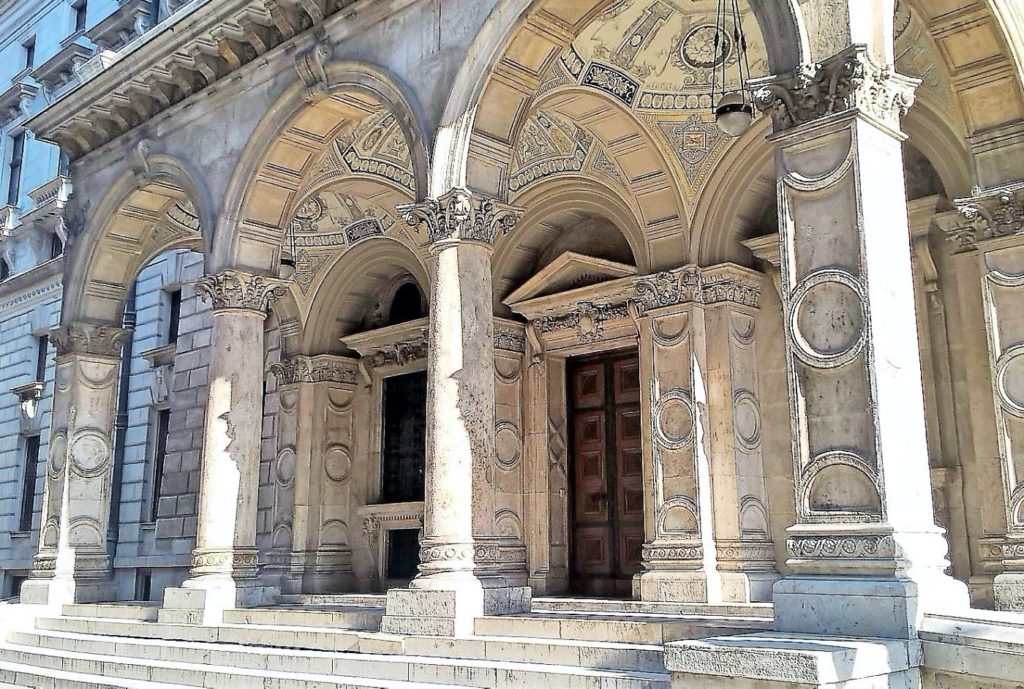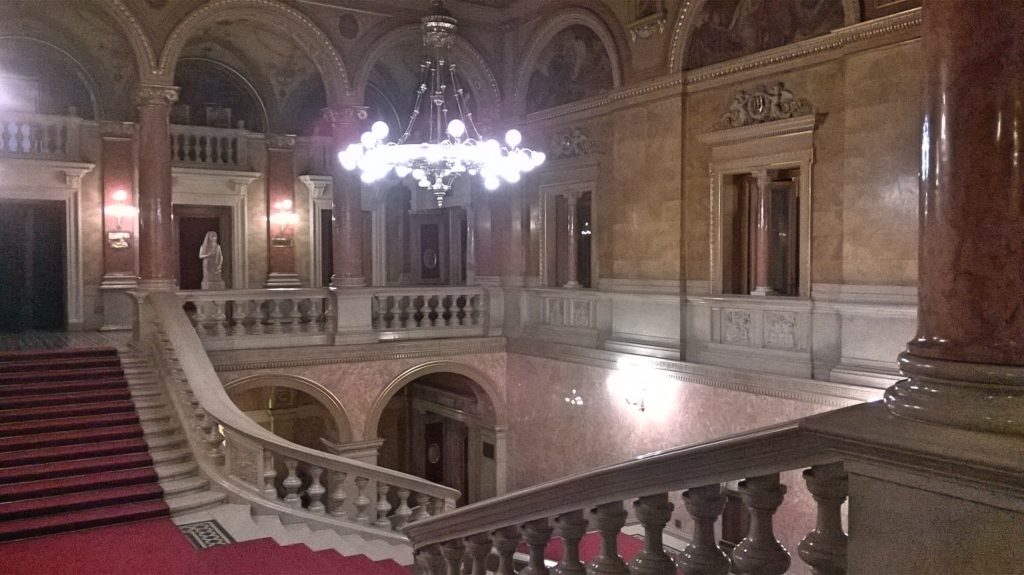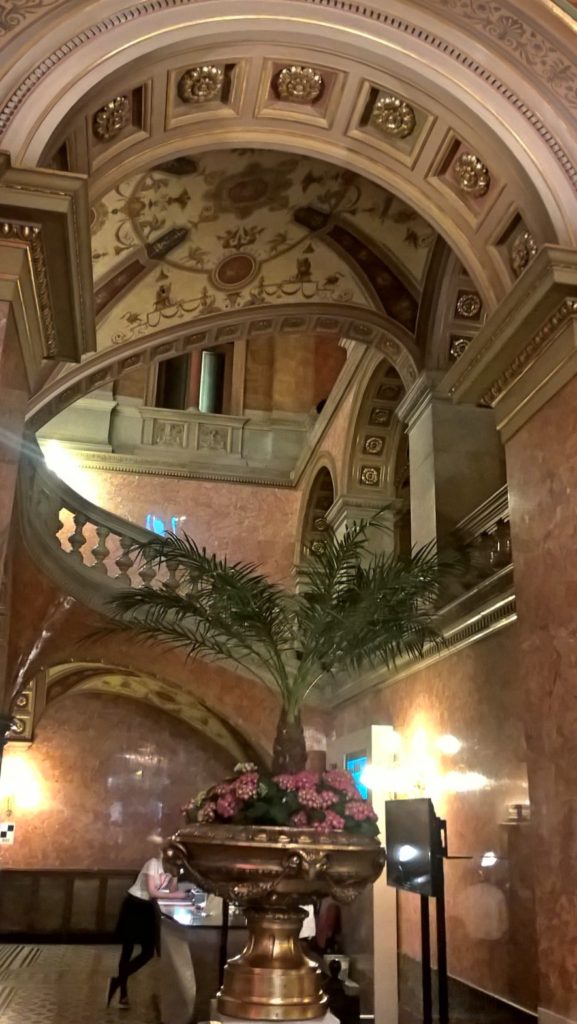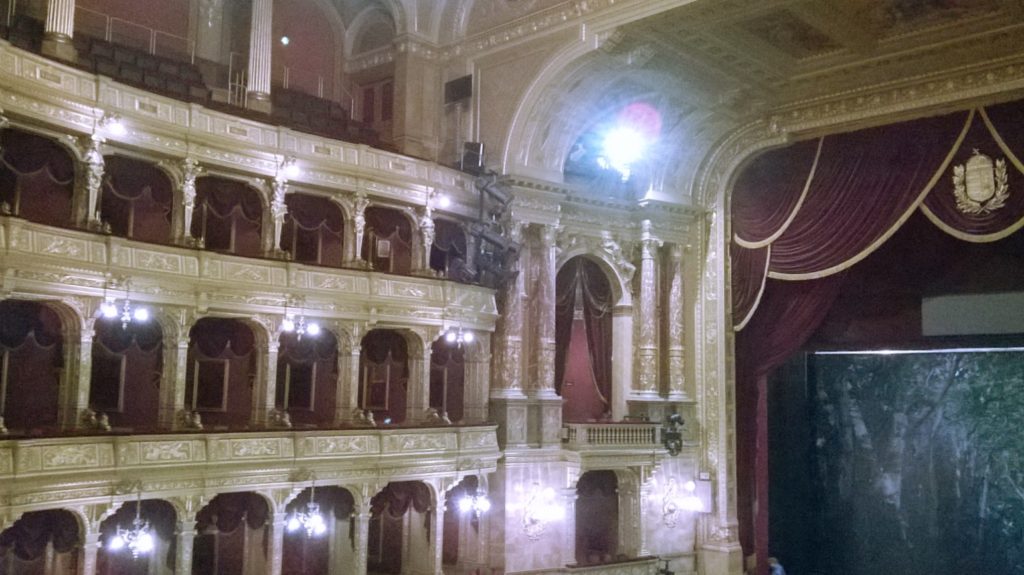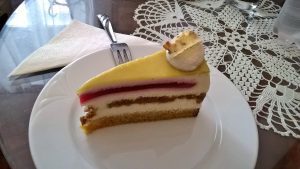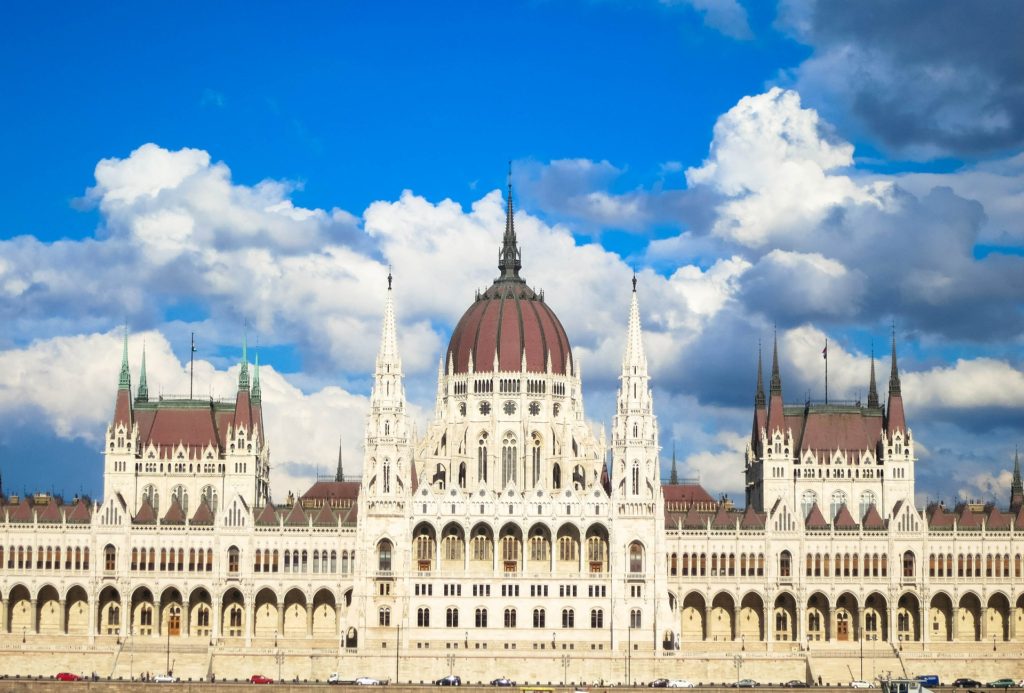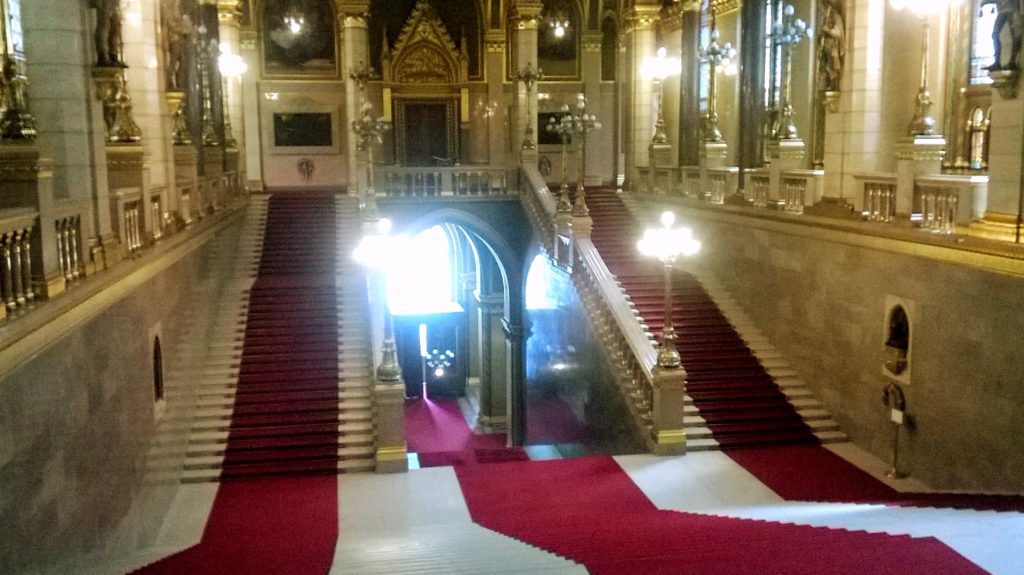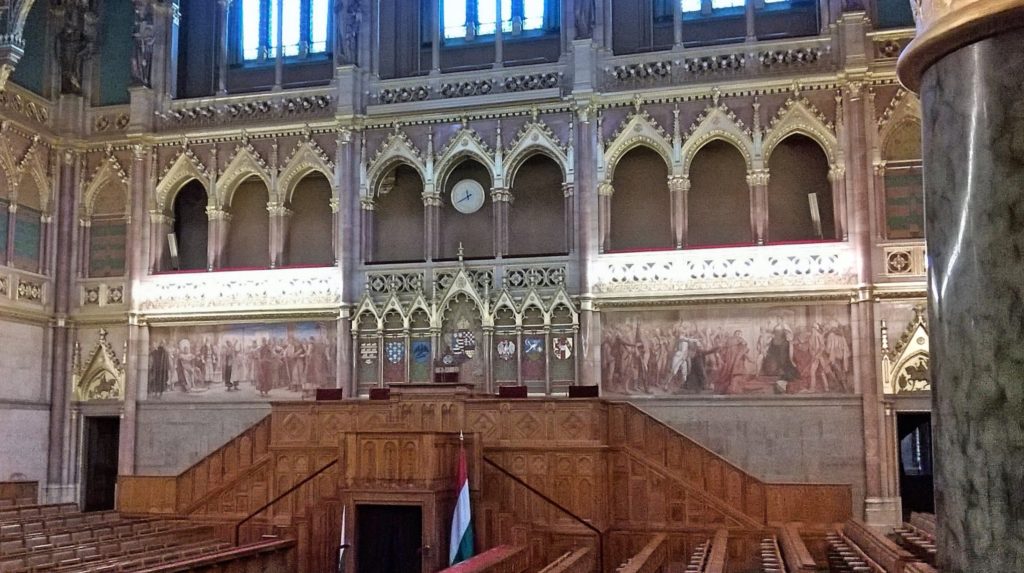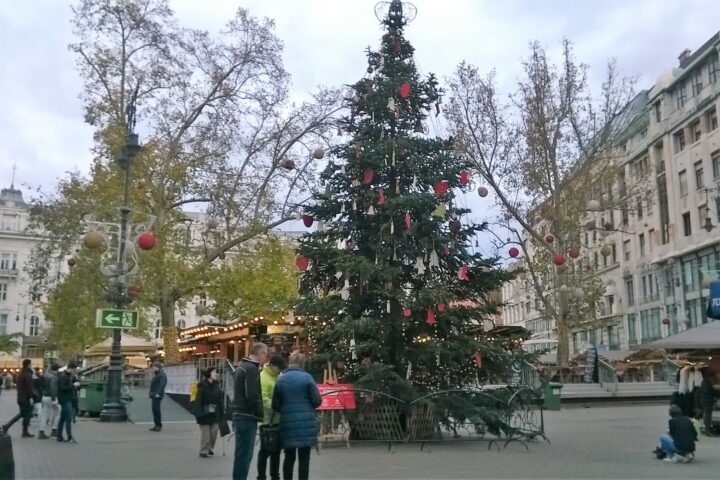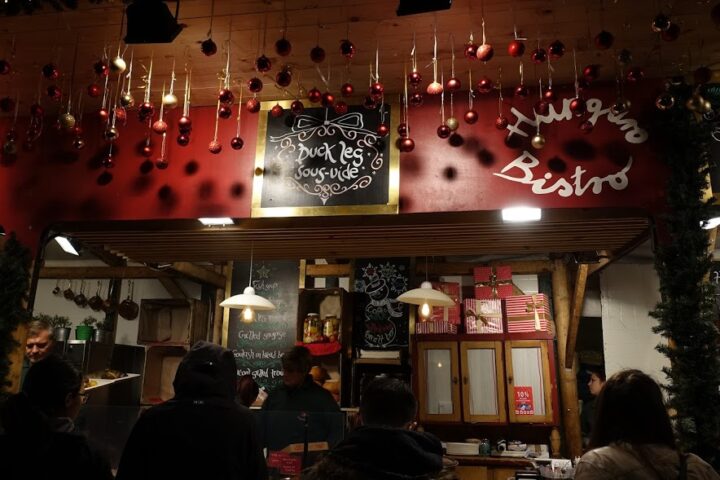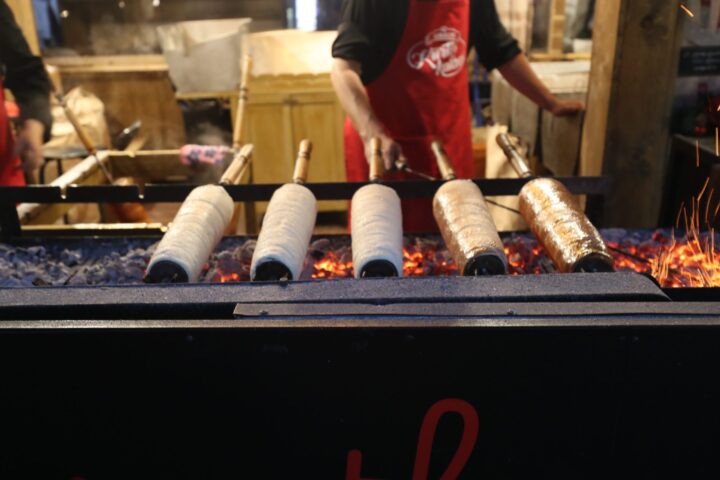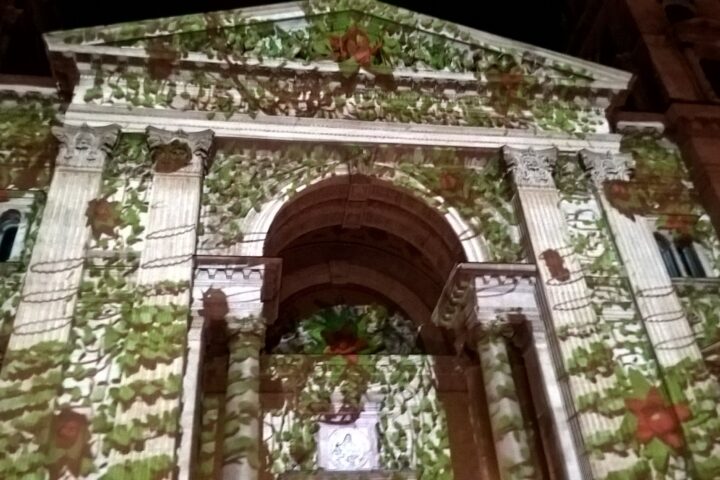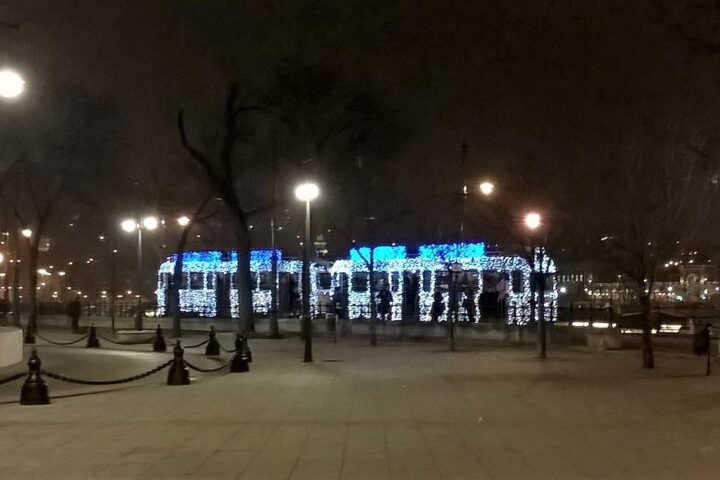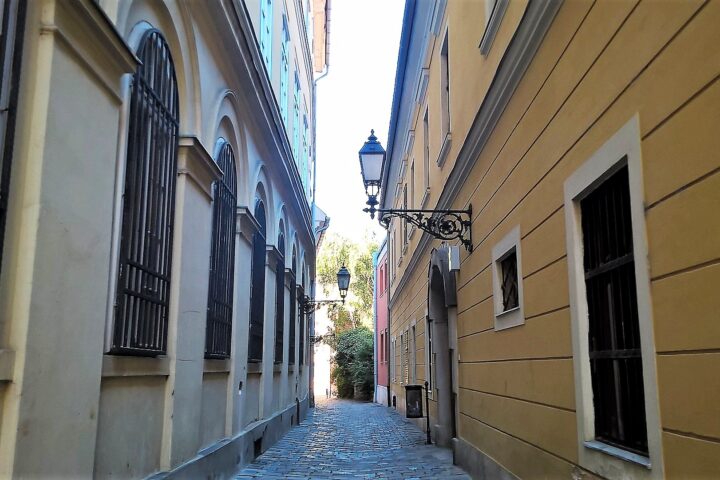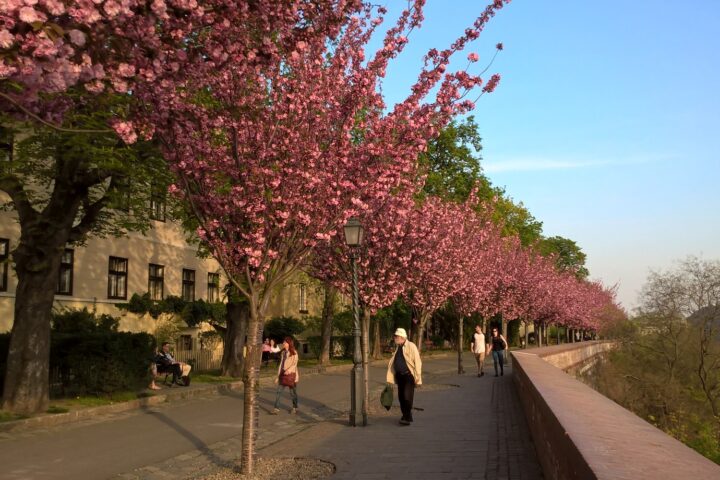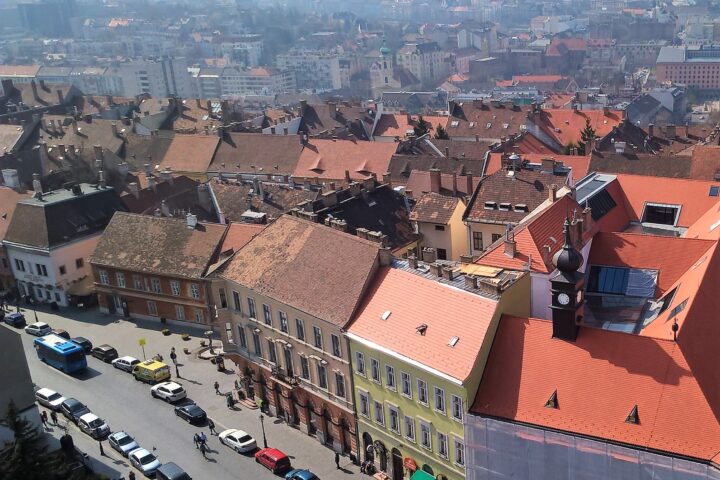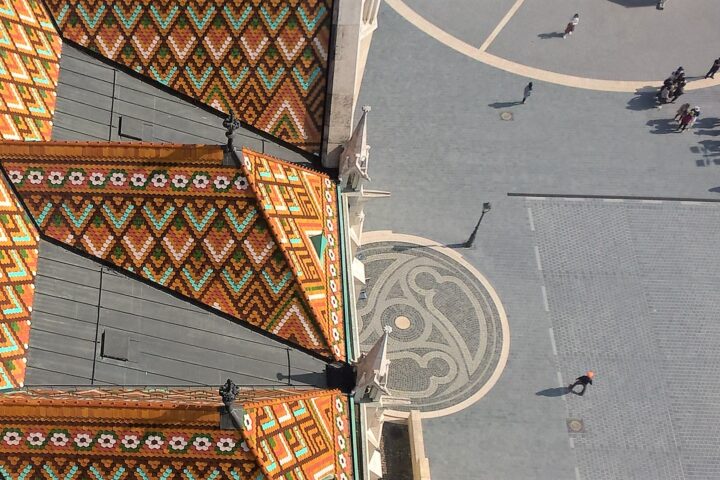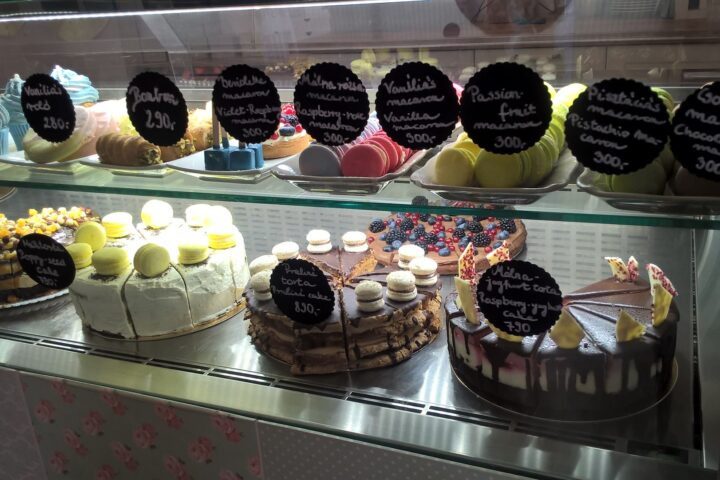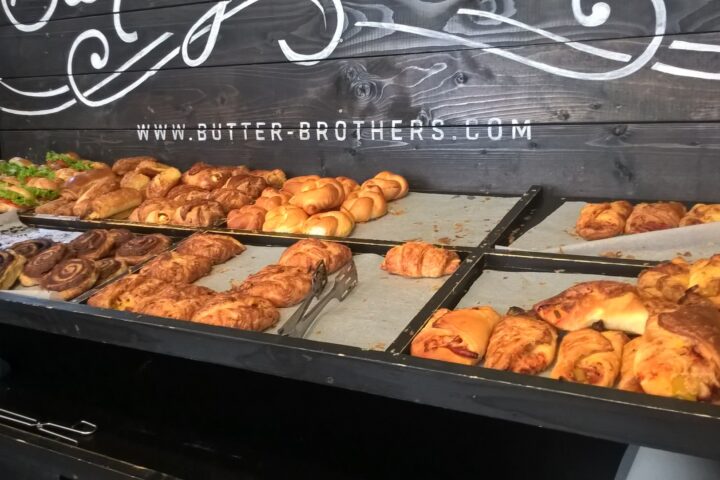The Buda Castle district is the oldest part of Buda, many of the buildings are originally from the Middle Ages. Buda became the capital of Hungary by the middle of the 13th century, the castle and the medieval town were constructed in the top of the Castle hill. I don't want to disappoint you but The Castle district is not a real castle. The Hungarian Medieval castle, residence of many of our great kings, constructed in Gothic and Renaissance architectures was destroyed in the 17th century. Only some parts of it are accessible in the Budapest History Museum, unfortunately the rest of the castle rest in the ground now. You can walk up the hill along the ramparts of the Medieval Castle to get to the 18th century Baroque Palace which houses the Budapest History Museum and the National Gallery. The cobblestoned streets of the historical old town of Buda lead you to the Matthias Church, one of the oldest churches of the city originating from the 13th century. If you have some time, you really need to climb the 197 stairs to the church tower from where you can have the best view over our beautiful city. From the top of the Fisherman's Bastion you can enjoy the panorama over the Parliament building and the Pest side. Continue your walk in the civilian town, admire the unique architecture of the National Archives and wonder around the old Jewish quarter. Probably the most interesting fact about the distric is that there is a 12 km long underground cave and cellar complex underneath the Castle District. There are 2 museums where you can discover this unique labyrinth. The Hospital in the Rock was a military hospital during WW2 and a nuclear bunker during the Communist era. The Labyrinth museum is all about
The Buda Castle district is the oldest part of Buda, many of the buildings are originally from the Middle Ages. Buda became the capital of Hungary by the middle of the 13th century, the castle and the medieval town were constructed in the top of the Castle hill.
I don’t want to disappoint you but The Castle district is not a real castle. The Hungarian Medieval castle, residence of many of our great kings, constructed in Gothic and Renaissance architectures was destroyed in the 17th century. Only some parts of it are accessible in the Budapest History Museum, unfortunately the rest of the castle rest in the ground now.
You can walk up the hill along the ramparts of the Medieval Castle to get to the 18th century Baroque Palace which houses the Budapest History Museum and the National Gallery. The cobblestoned streets of the historical old town of Buda lead you to the Matthias Church, one of the oldest churches of the city originating from the 13th century. If you have some time, you really need to climb the 197 stairs to the church tower from where you can have the best view over our beautiful city.
From the top of the Fisherman’s Bastion you can enjoy the panorama over the Parliament building and the Pest side.
Continue your walk in the civilian town, admire the unique architecture of the National Archives and wonder around the old Jewish quarter. Probably the most interesting fact about the distric is that there is a 12 km long underground cave and cellar complex underneath the Castle District. There are 2 museums where you can discover this unique labyrinth. The Hospital in the Rock was a military hospital during WW2 and a nuclear bunker during the Communist era. The Labyrinth museum is all about scary fun and you might also meet Dracula, the infamous vampire count.
I’d be glad to show you the famous attractions and the hidden treasures of the neighborhood, too, book the Buda Castle walk!
